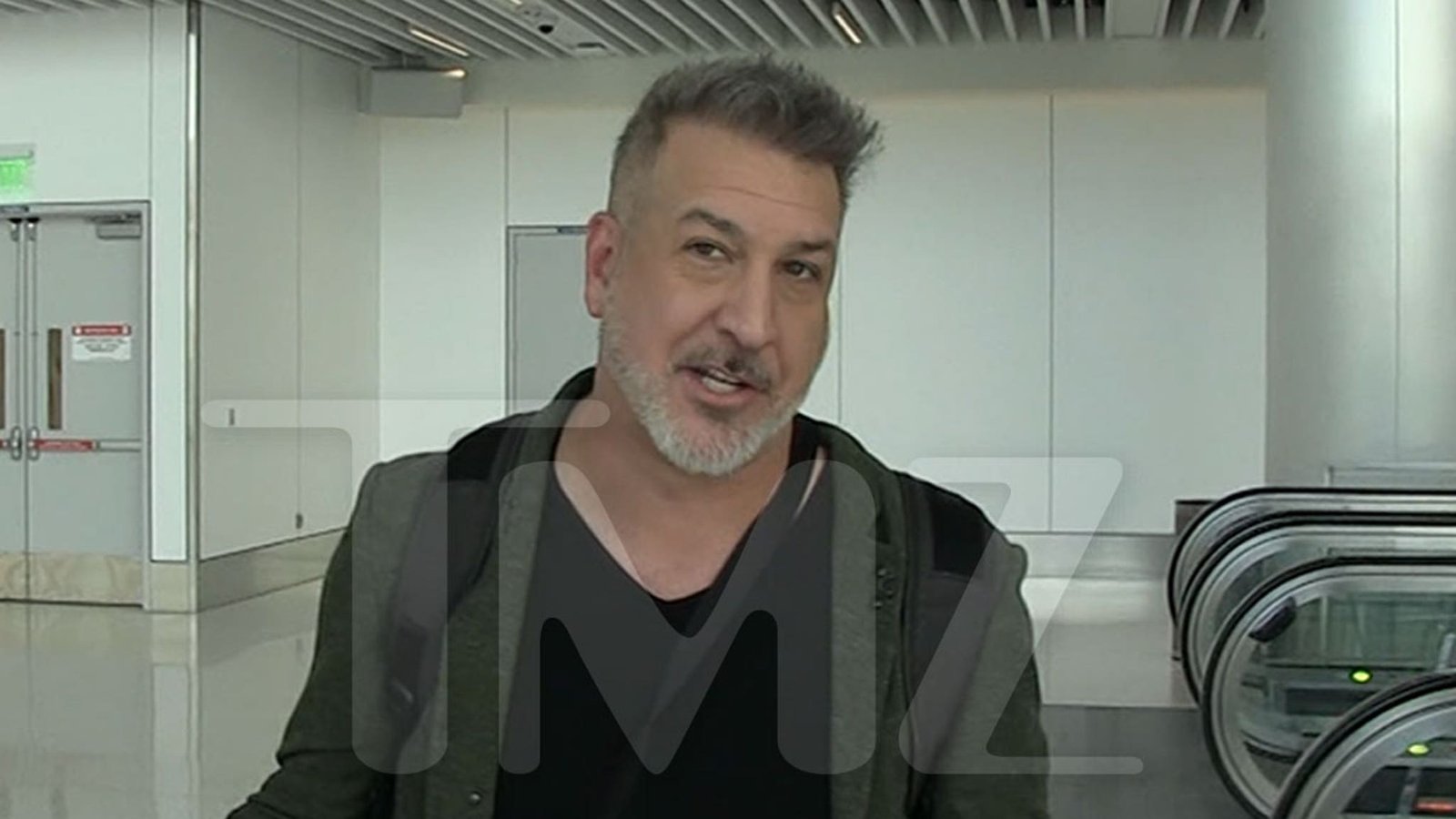The
element in HTML is a versatile and essential part of creating web pages. It is a container element that is used to group together other HTML elements for styling and layout purposes. The
element does not have any specific meaning or semantic value, but it is commonly used to create sections or divisions within a webpage.
In the provided code snippet, we see several instances of
elements being used to structure the content of the webpage. For example, in the first section with the class “video-block”, the
element is used to contain the video player and image holder elements. This helps to organize the content and apply styles to the video block as a whole.
Similarly, in the following sections,
elements are used to group together different elements such as images, buttons, and text blocks. By nesting elements within
containers, web developers can create complex layouts and designs for their web pages.
One important thing to note about the
element is that it is a block-level element by default. This means that it will start on a new line and take up the full width available. Developers can use CSS to style
elements according to their design requirements, such as setting the width, height, background color, and positioning.
Overall, the
element is a fundamental building block of web development, allowing developers to structure and style their content in a flexible and customizable way. By using
elements effectively, developers can create visually appealing and well-organized web pages for users to interact with.





